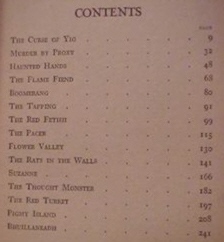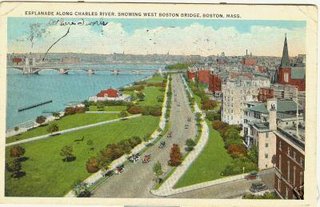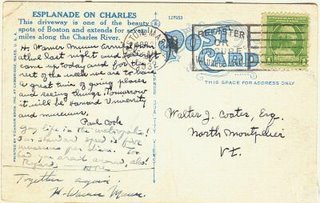If you read carefully, there is a phrase, "...it was a point somewhere between Hydra and Argo Navis...".
This, first of all, is a clear allusion to the phrase in Hypnos, "... a spot roughly marked by the constellation Corona Borealis." We can talk about that later.
There were many star charts available in the early 20th century, but Lovecraft went back to Ptolemy's list of 48 constellations. This is explicit, as Argo Navis was an archaic reference to a large expanse of stars.
Argo Navis was a large southern constellation representing the Argo, the ship used by Jason and his "Argonauts" in the Greek legend. This was the largest of Ptolemy's 48 constellations, with Hydra being next largest.
An astronomer, Nicolas Louis de Lacaille broke the mass of stars into Carina (the keel of the ship), Puppis (the poop), and Vela (the sails). In addition, the small cluster making up the constellation Pyxis (the compass) occupies an area which in antiquity was considered part of Argo's mast. Still, Pyxis is not usually considered part of Argo Navis. It will be important in a moment, however.
On to Hydra, it represented the serpent of Lerna - a beast with the body of a hound and 100 serpentine heads. It had poisonous breath and it was so hideous that it caused most people to die of fear from simply seeing it. Hercules' great task was to kill this monster. When he started to fight it, he discovered that every time he cut off one of the heads, three grew back in place of it. Seeing this was getting him nowhere, he had his charioteer, Iolus, burn the stump after each time he cut off a head, which prevented the unfortunate regeneration. The last head was immortal, however, so after cutting it off, they trapped it under a rock. *
Later astronomers advocated smaller clusters making Sextans (the sextant), Crater (the cup), Corvus (the crow) and a new, reduced Hydra.
Now comes an additional footnote that only a devotee like HPL would recall and smile over. Jerome Lalande in 1805 advocated on his star maps a small cluster and called it Felis (Latin, the cat) between Hydra and Argo.
So, Brown Jenkin the rat, beware! Noble Felis is watching.
Like so many of Lovecraft's puns, you must be the judge of this one.
* Interestingly enough, by coincidence, CSI:NY featured this myth in its October 11 original broadcast, as a clue to discovering a murderer.




















